Defining The Ocean Home Aesthetic
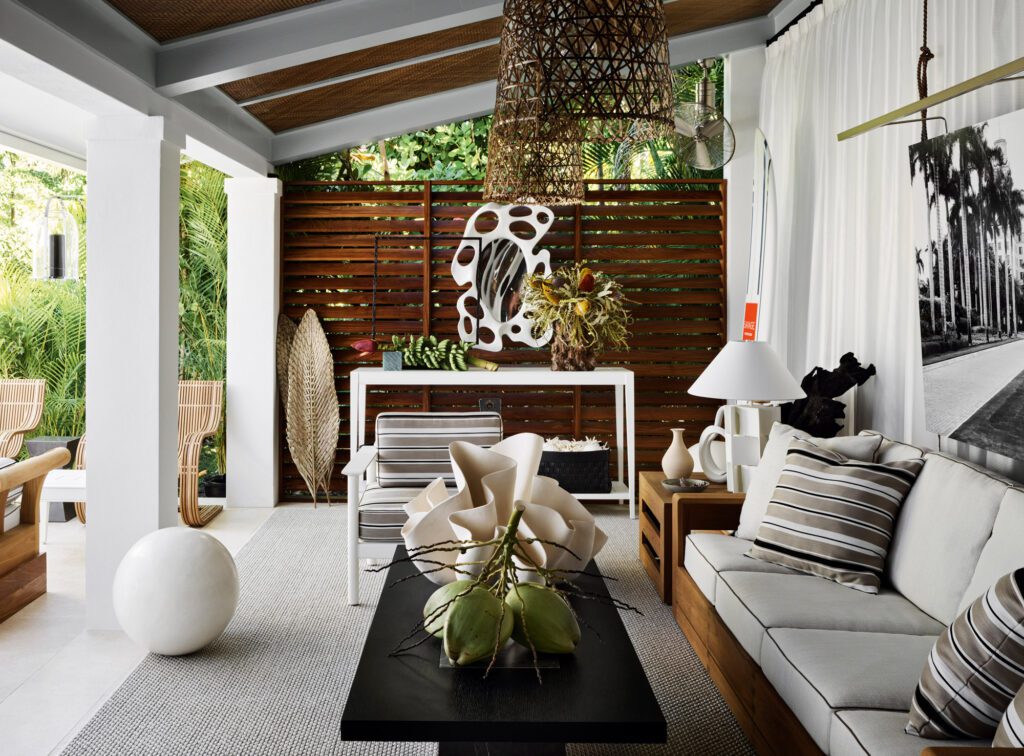

Coastal style isn’t just about seashells and sailboats—it’s a thoughtfully curated design aesthetic that evokes the relaxed, sun-washed feel of life by the sea. No matter the locale, this popular home design channels the serenity and simplicity of shoreline living.
Recently, we sat down with designers Jonathan Savage, Vani Sayeed, and Beth Webb to discuss the tenets of coastal style in their respective regions. Here is what they had to say about this popular design aesthetic.
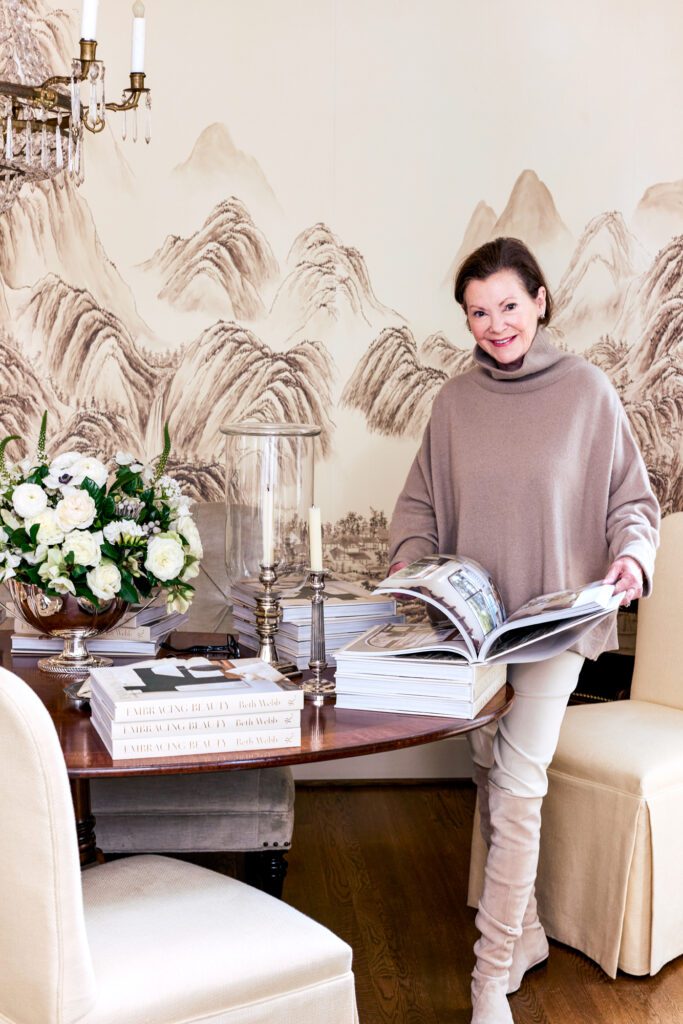


Each of you work in different geographic areas—how do you define coastal style? Is there a common thread irrespective of place?
Webb: I think casual comfort is the common thread in coastal living. Our coastal projects have family at the heart of them all. They are gathering places for coming together and making memories. No matter the location, that is the focus and impetus for all design directives.
Sayeed: Coastal style often uses subdued, natural colors; a weathered, wind-worn look; and materials that feel organic and rooted in the environment like reclaimed wood, rattan, and linen. Across regions, there’s a shared appreciation for the calming influence of the sea reflected in blue and white palettes, sandy neutrals, and nautical references tied to maritime history. Historically, American coastal towns were important trade hubs, and that legacy influences design through nautical elements and traditional craftsmanship. While each coastal area has unique character, the connection between them all is comfort and breezy elegance.
Savage: I tend to define coastal style through the lens of architecture—it sets the tone for how the interiors take shape. In Palm Beach, the homes often feel more formal and refined, while coastal New England has a more rustic, understated character. The Southern coastal look often blends these two approaches with both relaxed and elegant elements. But you do see ideas travel, whether through design inspiration, travel, or clients bringing preferences from one region to another.

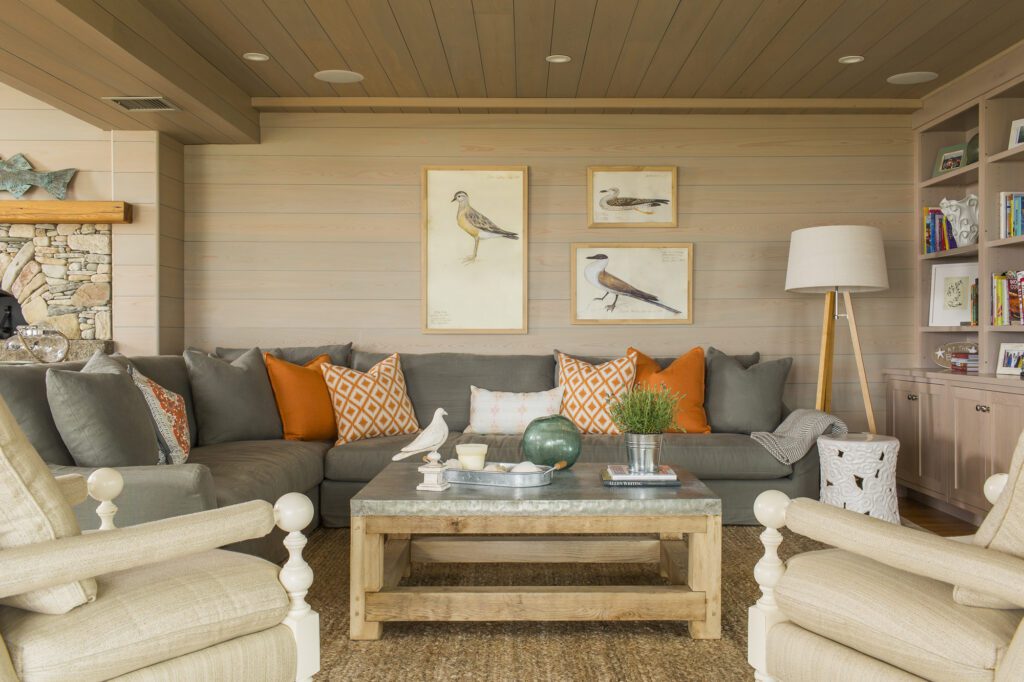
In your region, what drives coastal design?
Webb: In the Georgia/Kiawah Island area, the setting and siting of the home, whether marsh or beachfront, is the jumping-off point. It’s always about the view, and we play off that with our design and aesthetic decision-making.
Sayeed: In New England, it’s driven by the region’s unique blend of rugged beauty, functionality, and historic architecture. Reclaimed wood, shiplap, white painted beadboard, and exposed beams are common along with light, airy fabrics like linen, cotton, and woven materials. You often see natural cedar shingle cladding on the exterior that patinas silver over time.
Savage: In Palm Beach, where most of my clients are seasonal and typically live for about six months out of the year, coastal design is deeply rooted in the culture of entertaining. These homes are meant to host. Whether it’s a large gathering or casual cocktail hour, the interiors must reflect that. Layouts are often open and flowing with an emphasis on indoor-outdoor living. Regional influence really guides material choices. At the beach, I avoid heavy fabrics like velvet; they just don’t suit the climate or mood. Instead, I gravitate towards woven textures, linens, and more casual, breathable materials that feel right for the setting. It’s important to embrace the spirit of the place rather than work against it.
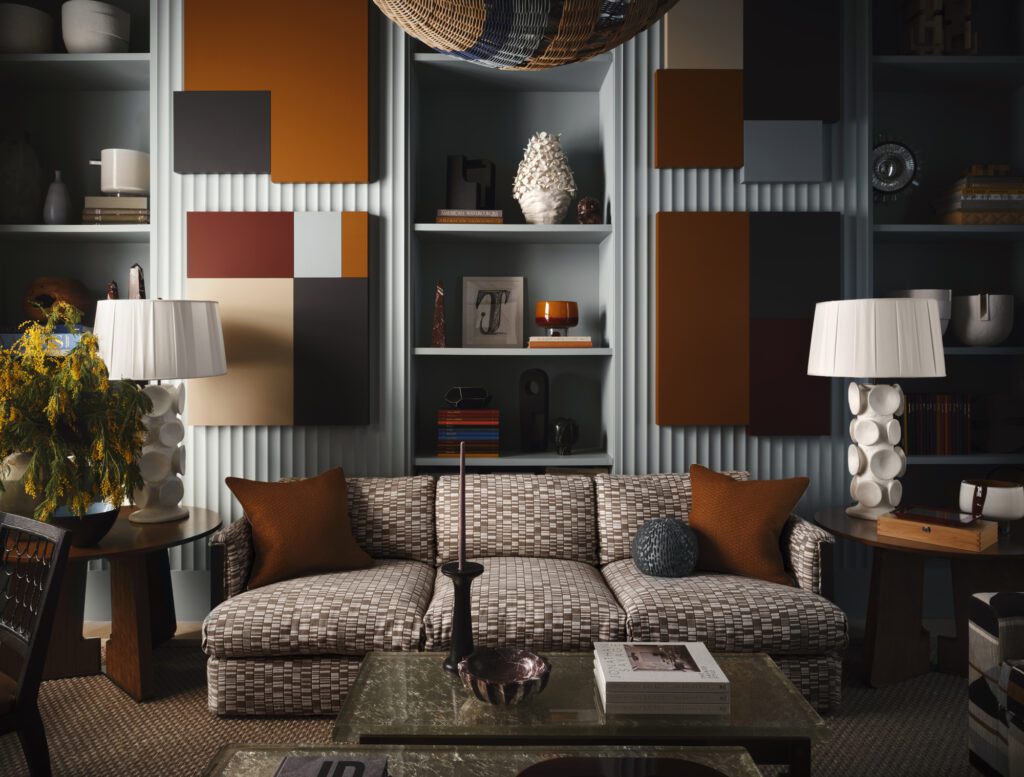
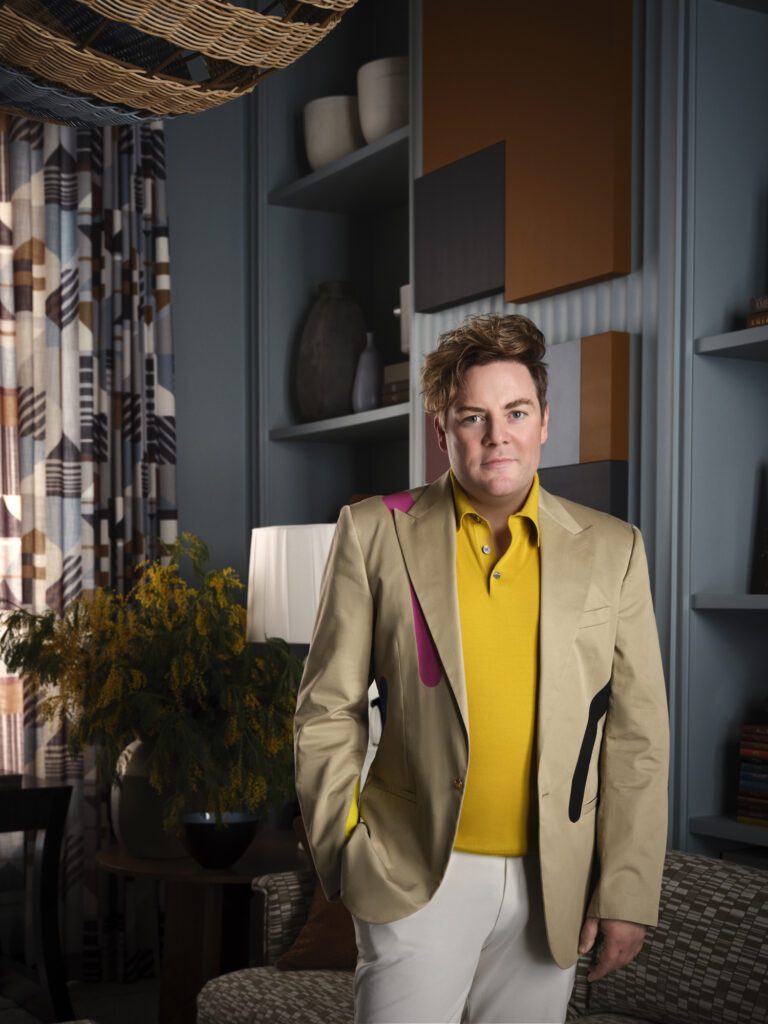
What role does history play in the coastal design of your area?
Webb: Materiality comes to mind first and foremost. The use of tabby is historic in the sea islands of coastal Georgia and South Carolina. Low Country historic homes are a very powerful precursor. Wraparound porches, loggias, and courtyards—outdoor living spaces are even more important than indoor ones.
Sayeed: History significantly influences coastal design in New England, particularly in the architectural styles and aesthetics found in the region. The early colonial period, with its focus on practicality and survival, laid the foundation for later styles like Cape Cod, Colonial Revival, and Gambrel Roof/Dutch Colonial. These styles, in turn, inspired later architectural trends and continue to be influential.
Savage: In Palm Beach, coastal design is largely shaped by the region’s architectural heritage of grand residences with strong historic character, often tied to the influence of Mizner. What drives the design today is finding ways to bring modern comfort and function into these traditional frameworks. That might mean updating the palette, layering in contemporary furniture, or using lighter, more relaxed fabrics and finishes.
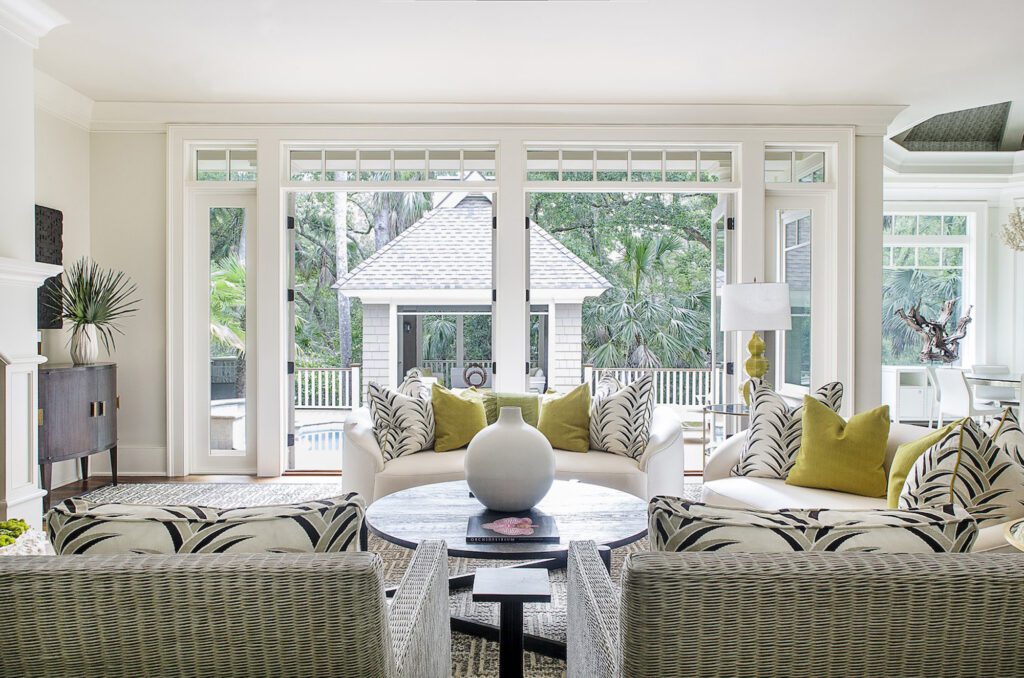
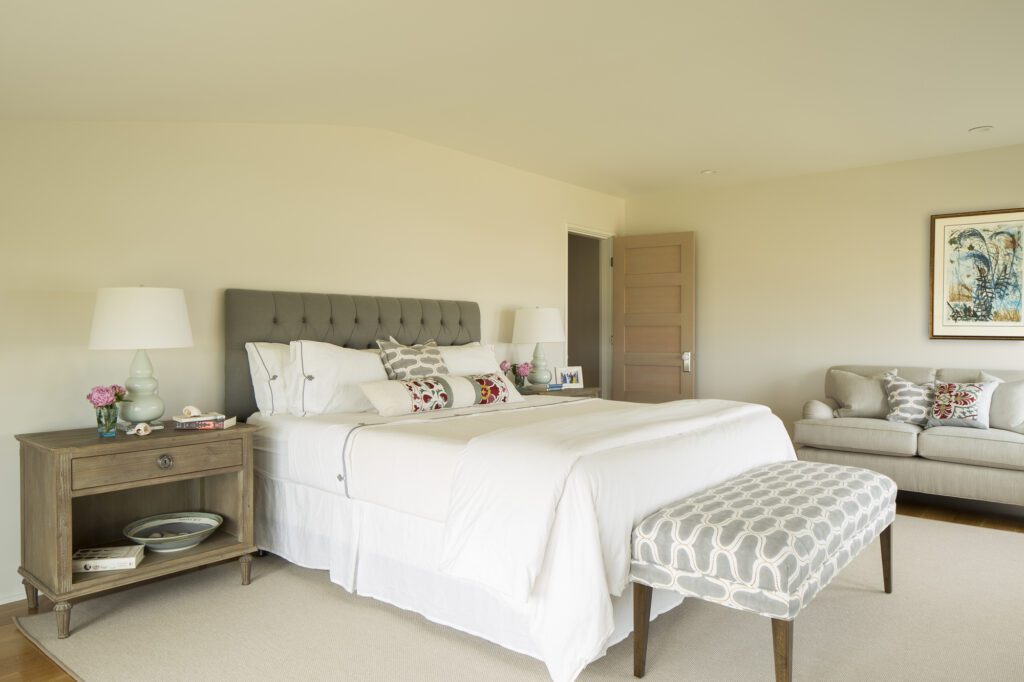
In your own region, what coastal elements are clients asking for?
Webb: No one wants to arrive at their vacation home and spend what they hope will be a relaxing time dealing with deferred maintenance or worrying about sandy paw prints and wet bathing suits. We spend an exhaustive amount of time making sure our interiors are carefree and low maintenance. The sun and sea air are also a factor in the wear and tear on a coastal home, so we are constantly having that conversation around choices of materials that can better weather the elements.
Sayeed: Most clients in New England like to enjoy indoor-outdoor living, so a covered porch that hosts sitting and eating areas is a must. Outdoor showers and fire pits are often requested, too. And furnishings that are easy to maintain, like all-weather fabrics and treated teak.
Savage: In Palm Beach, clients are focused on indoor-outdoor living, particularly for entertaining. Features like NanaWalls or large sliding doors help connect interiors with the outdoors.
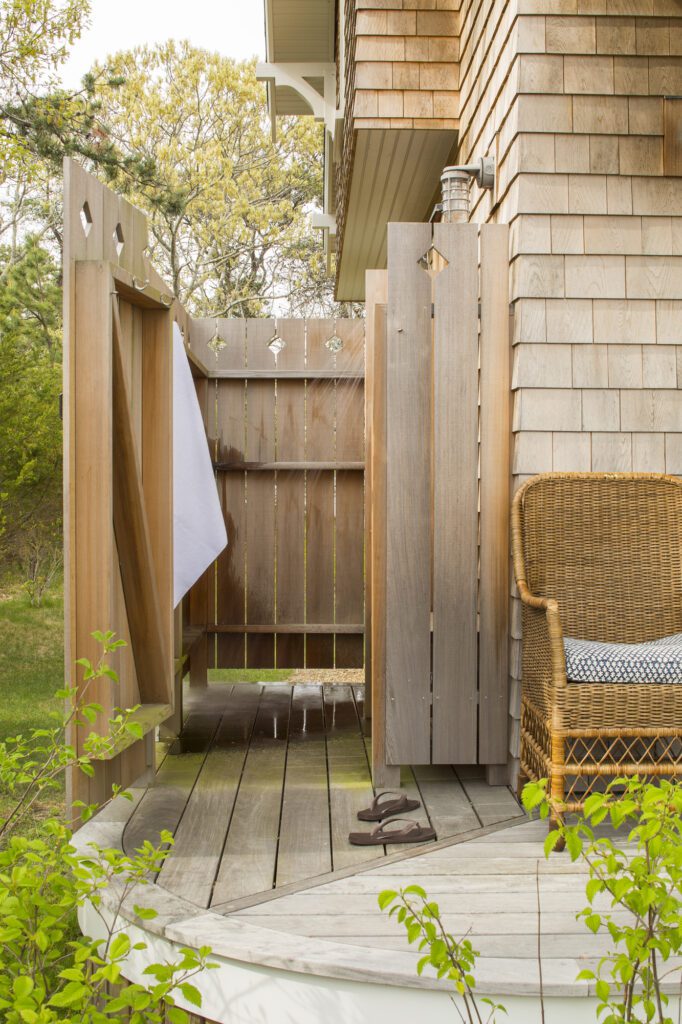
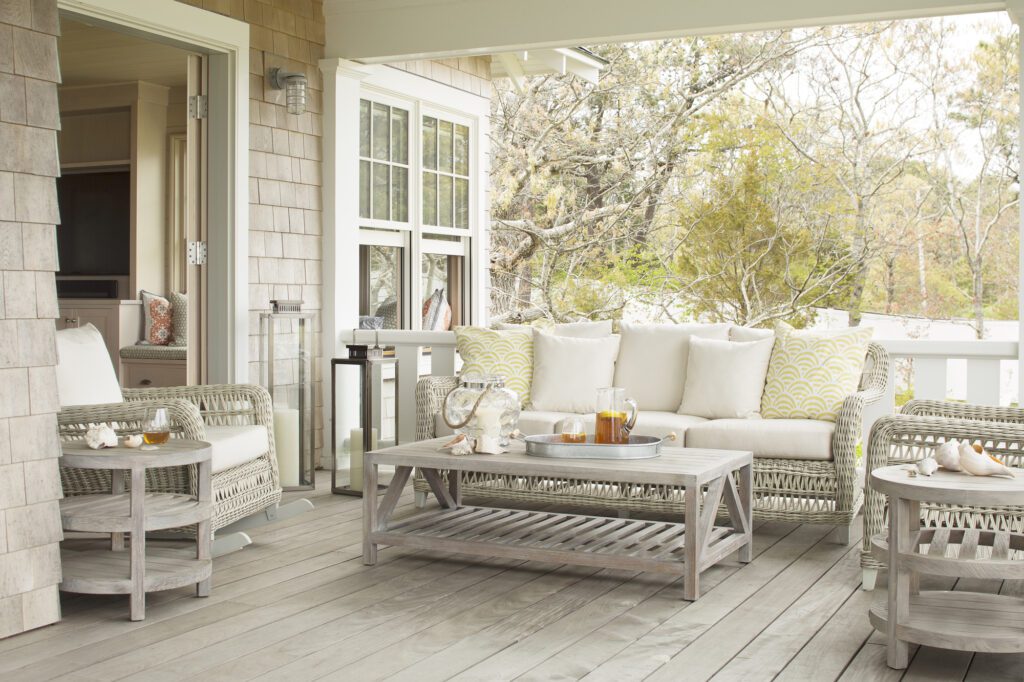
by Janus-et-Cie sets the tone.
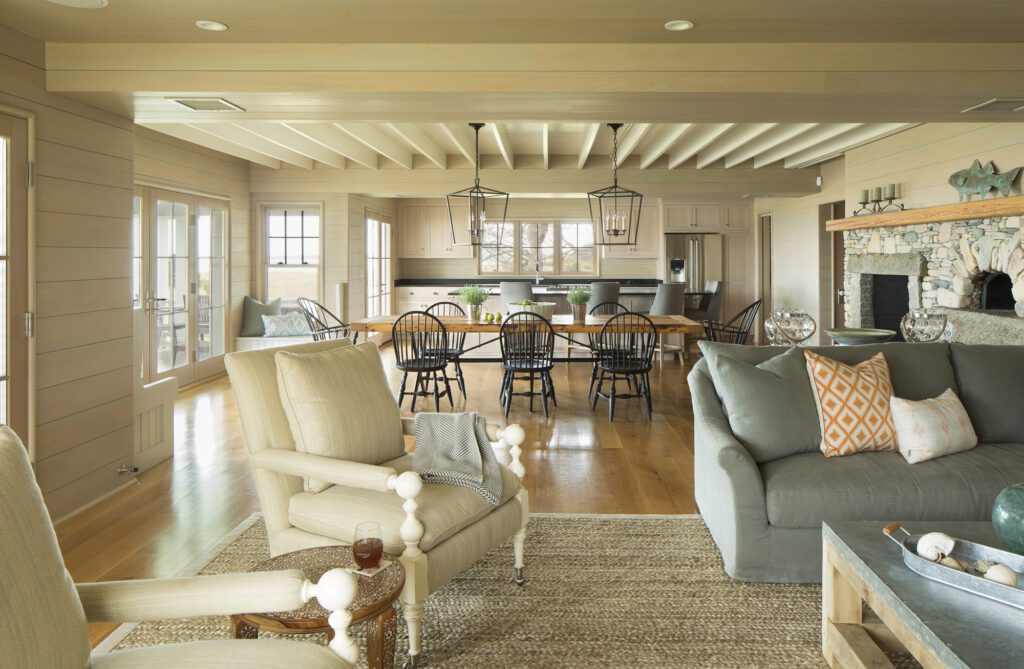
I
In your area, how does climate affect materials, colors, textures, and other elements?
Webb: Solution-dyed acrylics have been a game changer in avoiding fading and are preferable for ease of maintenance in humid, southern states. Powder-coated aluminum and outdoor wicker are what we often use to avoid extensive maintenance issues on the coast.
Sayeed: New England faces the threat of more frequent blue-sky flooding, which occurs during high tides without storms. Incorporating floodable green spaces and elevated nature-based infrastructure such as living shorelines with natural vegetation to buffer against erosion and wave action has been successful. For interiors, sustainable solutions like the use of reclaimed wood in custom furniture and interior architecture and durable, weather-resistant materials like light-toned woods, which can withstand harsh conditions and are visually appealing, are popular choices.
Savage: Especially in places like South Florida, where the sun can be intense, it’s essential to choose materials that not only stay cool but also hold up over time. In Florida, the salt air adds another layer of challenge—it can be tough on certain finishes and metals. So, durability is key. I often look to materials like Cecina stone, which stays cool in the sun, and outdoor furniture from brands like McKinnon that is built to withstand the elements without sacrificing style.
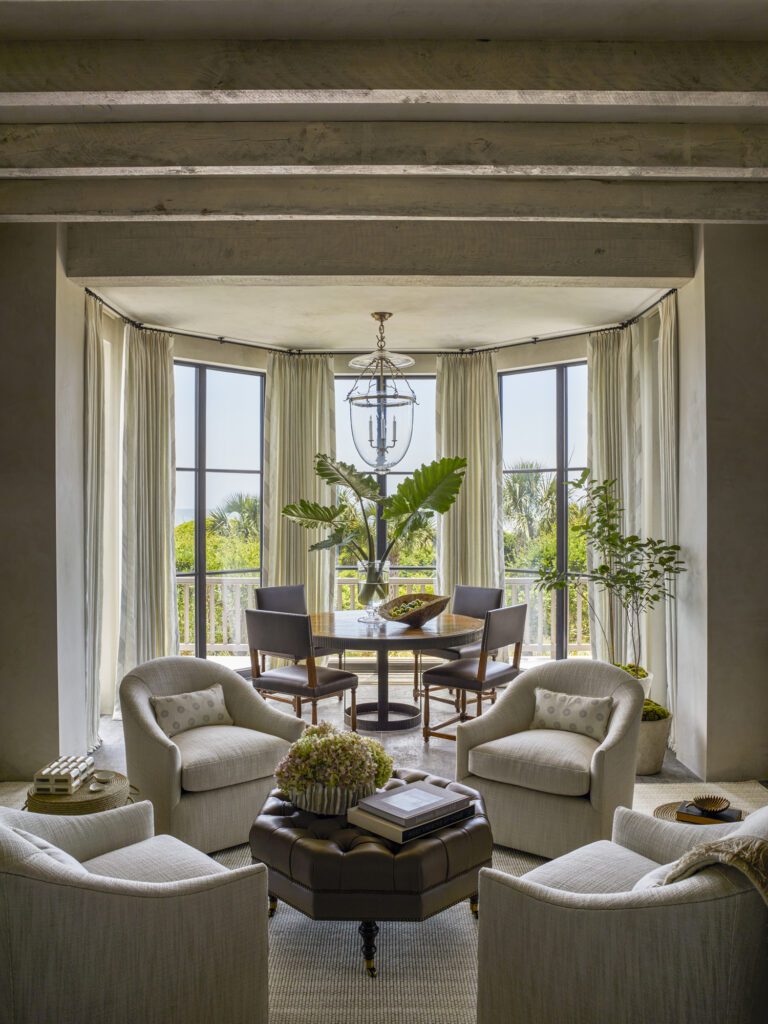
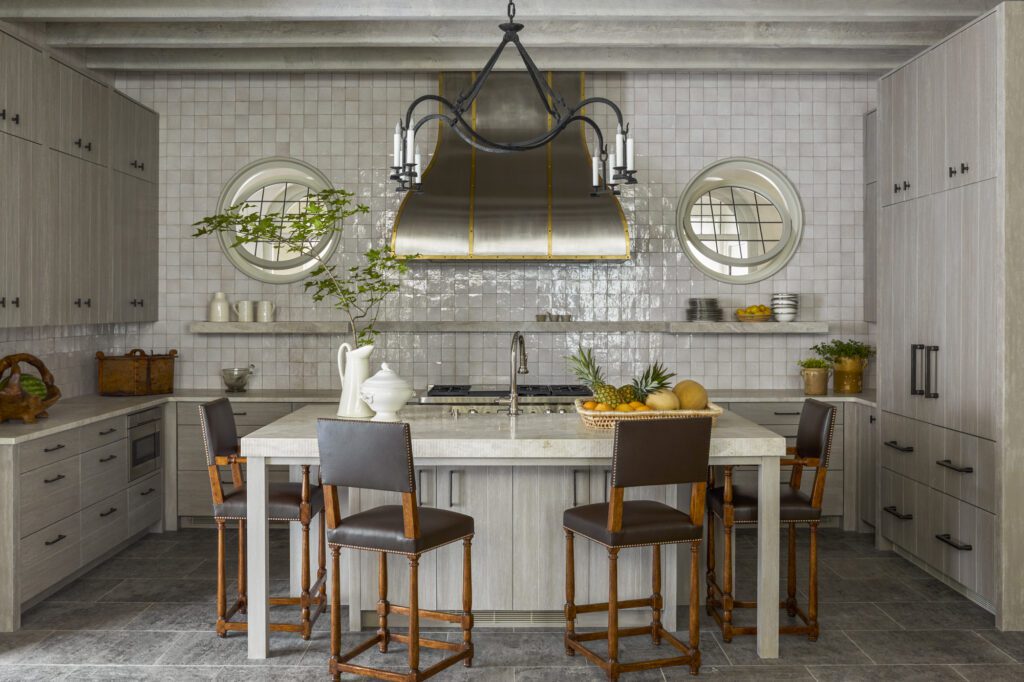
Join Ocean Home at Nantucket Design Week where these designers will present. For more information, visit nah.org
The post Defining The Ocean Home Aesthetic appeared first on Ocean Home magazine.









